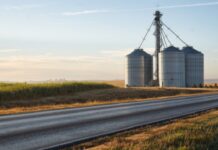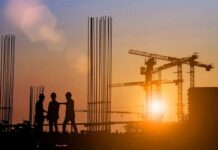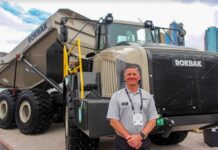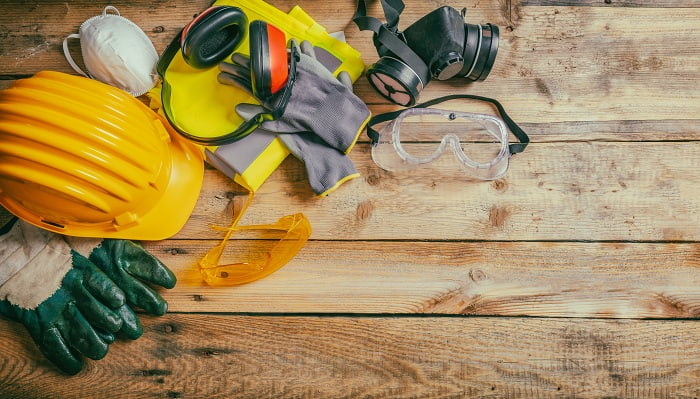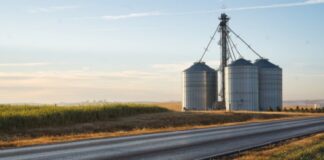The use of protective workwear is enforced in a number of different industries in order to protect staff. One of the biggest users of protective workwear is the construction industry because it poses several risks to workers. Working in construction is an incredibly physical job in and of itself; it can be hard on the body without the increased risk of accidents and injuries. Wearing workwear can help to reduce the risks. Let’s explore.
The Purpose of Protective Workwear
Protective workwear is worn for a number of reasons, and the hazards present will affect which pieces of protective clothing will need to be worn. Within the construction industry, there are a number of potential hazards depending on the job role. For example, those who regularly work with toxic chemicals will need to be provided with masks or respirators in addition to goggles and gloves if the chemicals are also caustic.
Visibility on a building site is paramount, which is why all workers will need to wear a hi-vis of some description to ensure that they can be seen at all times. Eye injuries on a construction site are also quite common because many particles are floating around. There is also the risk of falling debris which can lead to blunt force injuries, which can be fatal, which is why hard hats should also be worn by all workers.
Some workers will use specialist equipment, excessively loud machinery or have to work in precarious structures, all of which can present risks. Therefore, using the right tools for the job is paramount, as well as any other accessory needed to ensure safety while working with certain tools. For example, ear defenders or earmuffs are often necessary for those working with loud machinery, and finally, harnesses might be necessary to ensure the safety of those working in precarious places.
Additional Safety Tips
While protective workwear is obviously important, there are a number of other safety measures that should be taken in order to protect the workers. Think about where and when they are expected to work; low levels of light can increase the likelihood of accidents and injuries because, obviously, it is harder to see but also because it increases eyestrain and tiredness. Therefore, ensuring that workers have good light is important.
Carrying out risk assessments and implementing a plan and schedule to mitigate these risks can also prove beneficial. In addition, providing workers with the right equipment needed to carry out the jobs also helps to decrease risk. Finally, ensuring that all staff have had sufficient training using health and safety courses, like the ones from iHasco, helps to promote better habits and ensure that all of the workers know how to keep themselves and those around them safe.
In Summary
A lot of industries are fraught with risk, and often the more physically taxing the job, the higher the risk. Working at a construction site is hazardous, which is why everyone needs to be doing their part to ensure that the health and safety of the staff are a priority. Workers have the right to be safe at work, and a large part of that is employers providing employees with the necessary tools and education to carry out their jobs safely.



